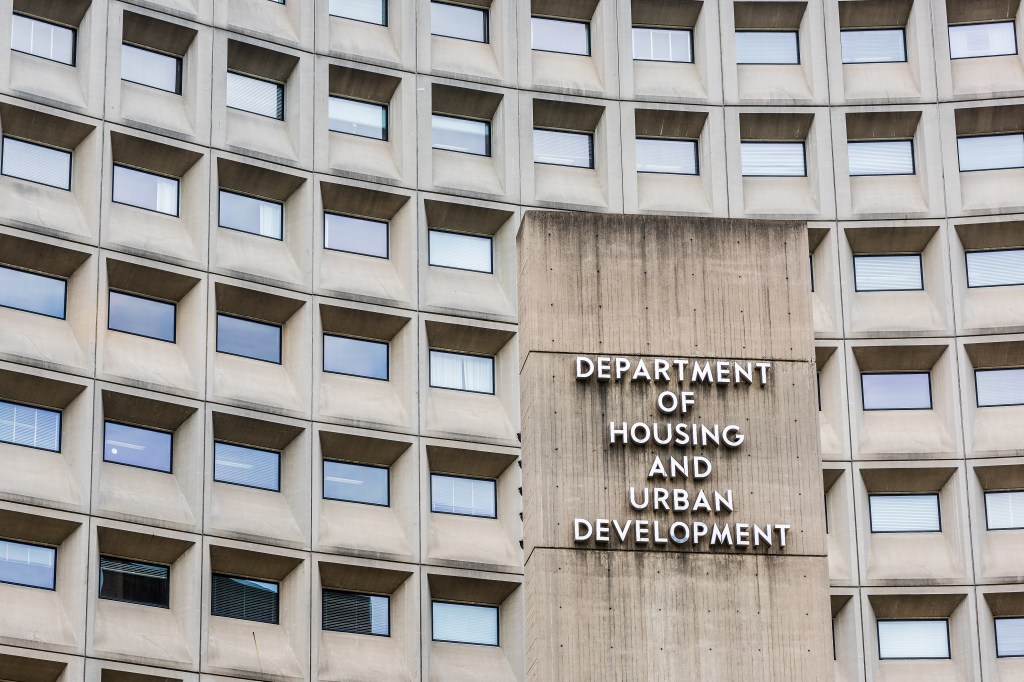Trying to connect the dots on multifamily financing deals often hinges on some help from Uncle Sam in the form of the Department of Housing and Urban Development (HUD). Developers already acquainted with the Rental Assistance Demonstration (RAD) program, low-income housing tax credits (LIHTCs), Opportunity Zones, and, of course, the Section 221(d)(4) program know how the process works. But to shed some light on the process for those uninitiated, Multifamily Executive posed some questions to James Rice, vice president of HUD AEC Services at AEI Consultants, based in San Francisco.
MFE: Why has HUD raised its allocations for affordable housing, and what types of projects is it looking to invest in?
Rice: HUD raised allocations because as the economy expands, multifamily owners are looking to increase rent due to increased operating costs. HUD offers multiple programs to allow private investors to invest in affordable housing. Of note are the RAD program, the LIHTC program, and Opportunity Zones, which allow public housing agencies to leverage public and private debt and equity in order to reinvest in public housing.
MFE: If a multifamily developer wants to work with HUD to explore financing, what is the first step?
Rice: We recommend that multifamily developers seeking HUD financing first locate a HUD-approved Multifamily Accelerated Processing (MAP) lender. A list of HUD MAP lenders is available at www.hud.gov. Once the lender has been identified, developers can best determine how to move forward. HUD offers funding for low-income housing projects as well as mortgage insurance. Additionally, those wishing to build subsidized housing are also encouraged to apply for HUD financing.

James Rice, vice president of HUD AEC Services, AEI Consultants
MFE: How much time should a multifamily developer allow to establish a working relationship with HUD?
Rice: It typically takes about 60 to 90 days to assemble the package to submit to HUD. In some instances, this can take as long as 24 months. HUD follows inexperienced developers to ensure a successful completion of one or two HUD-financed projects. First-time proposed HUD developers will be heavily scrutinized by HUD and will need to provide financial documentation and information on business development strategies, as well as provide a listing of similar completed projects.
It should also be noted is that owners and developers who are experienced with the HUD Section 221(d)(4) program continue to use the program as they have integrated their internal best practices to the HUD 221(d)(4) program requirements.
MFE: Are there any specific HUD programs that would be of specific interest to multifamily developers?
Rice: One of the most beneficial HUD programs for multifamily developers is funding through HUD Section 221(d)(4) or HUD 223f. Through this program, developers can acquire a loan at a fixed rate for the entire duration of the loan, similar to a traditional mortgage loan; or they can apply for a new construction loan, which provides all the advantages of HUD financing with a rate lock.
MFE: What is the biggest advantage or opportunity for a multifamily developer offered by working with HUD?
Rice: Currently the biggest advantage is that with interest rates at all-time lows, the HUD 221(d)(4) fixed-rate loans guarantee greater financial stability for investors and developers. This is because the interest rate won’t go up or down during the life of the loan. Plus, these HUD multifamily construction loans have a maximum term of 40 years (43 with construction). This makes them incredibly attractive to investors, especially in this low-interest environment.
MFE: What is the biggest obstacle to working with HUD?
Rice: The time it takes to process a loan from project conception to implementation can be lengthy, particularly if it is a developer’s first HUD project. That said, with each subsequent HUD project, developers will find the process becomes easier and will move forward more quickly. It is also recommended that the first-time developers assemble a design team that includes HUD-experienced architects, engineers, and contractors, if possible.
It’s important to note that even though applicants are heavily scrutinized at the beginning of a relationship with HUD, the process becomes much less arduous as the relationship continues and the team’s reputation and successful project track record becomes more established.
